Research on Space Monitoring and Positioning Technology of ARVR Equipment
All ARVR products must have accurate space monitoring and positioning capabilities to achieve full-range head and hand interactions, providing users with a more realistic virtual experience.
First, let's explore the current status of ARVR products. There are numerous ARVR devices on the market, ranging from budget-friendly options like Google Cardboard, which cost just tens of dollars, to high-end models such as Microsoft HoloLens, which can reach into the tens of thousands. VR products, in particular, can be broadly categorized into several types.
1. Cardboard Products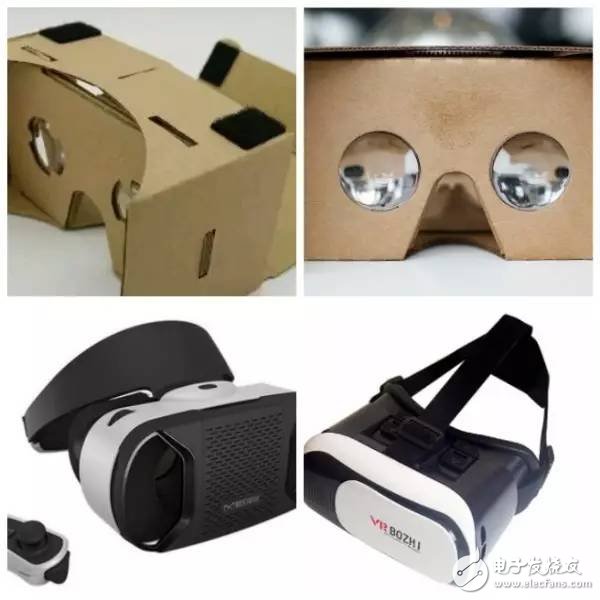
These are the simplest forms of VR devices, derived from Google’s cardboard VR box. They use two convex lenses to project mobile phone screen content onto the glasses, and the device uses the built-in IMU (Inertial Measurement Unit) of the phone to track head movement. This type of product became popular in China around 2015, but its overall performance depends heavily on the phone's hardware and lens quality. It is essentially an entry-level VR experience.
Many early VR products from domestic video and game companies were in this form. The Storm Box, for example, included a Bluetooth controller for menu navigation. While these products played a significant role in promoting VR, their limitations were clear, leading to the emergence of more advanced all-in-one devices like the Storm Machine, Big Friends, and Small Birds in 2016.
In 2016, Google launched Daydream VR, aiming to dominate the VR ecosystem. The Pixel and Pixel XL smartphones, along with the Daydream Viewer, supported this platform, offering a remote control with an IMU. Google emphasized that the device needed sufficient hardware to prevent motion sickness. With the release of Huawei P9 and Lenovo Moto Z, more phones claimed Daydream compatibility, significantly improving the user experience in 2017.
2. Head Motion Control Integrated Machines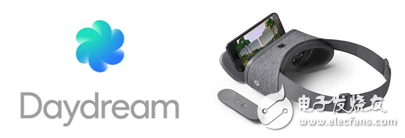
These are all-in-one VR devices that don't require a phone or PC connection. Examples include Big Friends and Small Birds, released mainly in 2016. They feature 1080p or 2K displays and Fresnel aspherical lenses, improving image quality and reducing distortion. However, they only support basic head movement tracking, allowing users to move while standing or sitting, but not full hand interaction. To compensate, some external accessories like IMU-equipped controllers or spatial sensors were used to enhance the experience.
3. All-in-One with Spatial Tracking
There are two main methods for spatial tracking: inside-out and outside-in. Inside-out uses the device's own sensors to detect the environment, making it more portable. Outside-in relies on external sensors to track the device's position. Most all-in-one devices use inside-out technology, eliminating the need for extra setup. In 2017, second-generation models like Big Friends and Storm Machine introduced spatial tracking, greatly enhancing the VR experience, especially in gaming.
4. PC VR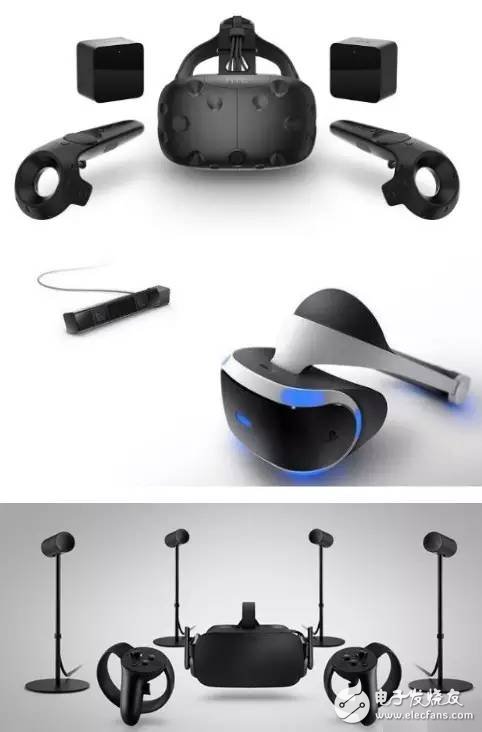
HTC Vive, Sony PSVR, and Oculus are the most prominent PC-based VR systems. After 2016, Vive became the standard for immersive VR experiences. PSVR sold over one million units in less than six months, significantly raising industry standards. These devices use external spatial tracking, such as infrared lasers for Vive, visible light for PSVR, and active infrared for Oculus, enabling precise head and hand tracking for a more realistic experience.
Moving on to AR products, current offerings vary widely. Some AR glasses only project virtual images without integrating with the real environment. For example, ODG supports 6DOF tracking but lacks spatial mapping. Shanghai Zhishi's smart glasses also lack spatial positioning, though they are developing TOF depth cameras for improved tracking.
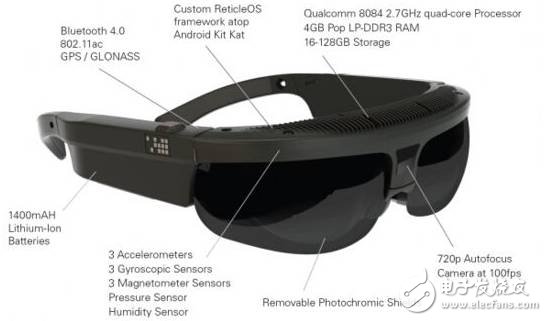
Among current AR products, Lenovo Phab2 Pro (based on Tango) and Microsoft HoloLens offer the best spatial tracking. Both combine 6DOF with SLAM technology to accurately map the environment, allowing virtual objects to blend seamlessly with the real world. HoloLens is generally considered more stable and accurate than Tango, thanks to better sensor design and algorithms.
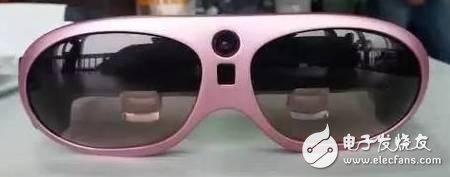
Other Chinese companies, such as Micro Eye, are also developing similar AR products. Their SMAKKEST model claims to match HoloLens in performance, though it's still in early stages.
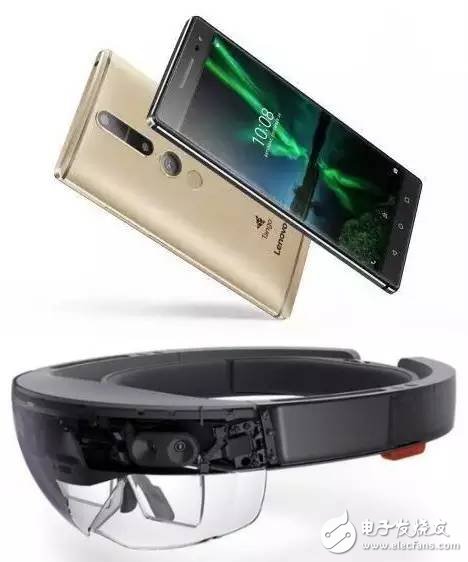
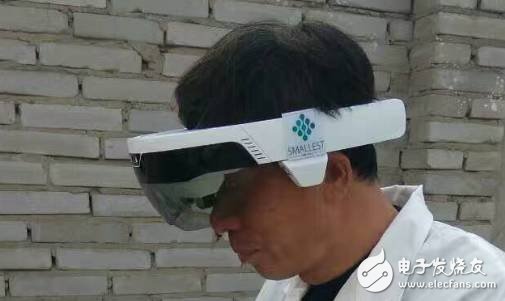
In essence, space monitoring and positioning technology falls into two main categories: inside-out and outside-in.
1. Inside-Out Space Monitoring and Positioning TechnologyInside-out technology works by using the device itself to sense the environment, much like how humans perceive surroundings through vision. This method is widely used in AR products today. One common approach is SLAM (Simultaneous Localization and Mapping), which allows devices to navigate unknown environments by building maps and tracking their own position.
Devices like the Lenovo Phab2 Pro and Microsoft HoloLens use SLAM technology, combining depth sensing (TOF for Tango, structured light for HoloLens) with Fisheye cameras and IMUs. While both systems provide good tracking, HoloLens tends to perform better in low-light conditions and offers more stability. Tango is also evolving, with future versions supporting multiple Fisheye cameras.
Another form of inside-out tracking involves markers—such as QR codes, colored patterns, or light spots placed in the environment. The device tracks these points to determine its location. HTC Vive is a prime example, using laser emitters and infrared sensors to calculate position and movement.
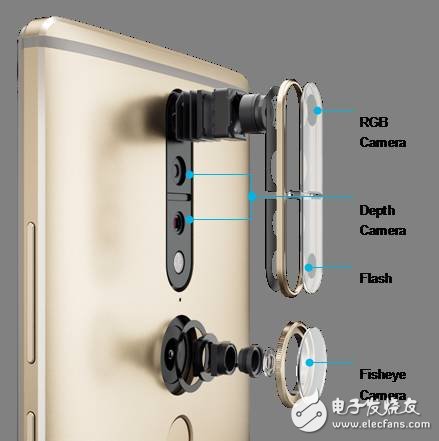
Hololens uses two structured light cameras and four emitters for depth sensing, along with Fisheye cameras to capture more environmental features. This results in higher accuracy and stability compared to Tango.
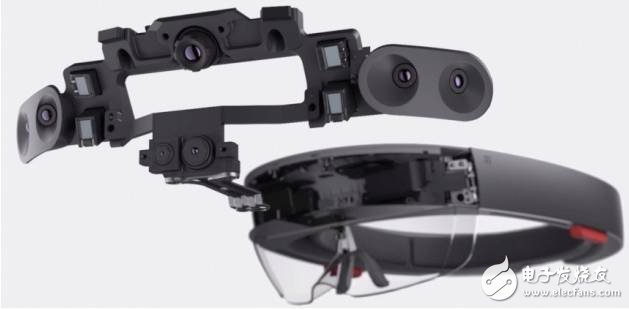
The marker-based system is also used in some solutions, like Ximmerse’s dual camera and light ball setup. This allows VR devices without built-in tracking to achieve high accuracy, although it doesn’t fully map the entire environment.
2. Outside-In Space Monitoring and Positioning TechnologyOutside-in systems rely on external sensors to track the device’s position. Sony PSVR and Oculus use this method, often involving external cameras or infrared emitters. PSVR uses the PS Move system, while Oculus employs active infrared signals. These systems provide accurate tracking but require careful placement of external components.
A key limitation of outside-in systems is that if the user moves out of the camera’s view, tracking may fail. This issue does not occur with HTC Vive, which uses fixed laser transmitters for consistent tracking.
Overall, both inside-out and outside-in technologies have their advantages and limitations. The choice between them depends on the specific application, user mobility, and desired level of immersion. As ARVR continues to evolve, we can expect even more advanced and seamless spatial tracking solutions in the future.
First, basic concepts
A Power Inverter is a power electronic device whose primary function is to convert direct current (DC) to alternating current (AC). This conversion is critical in a variety of application scenarios, especially where DC power (such as solar panels, battery packs, etc.) needs to be converted to AC power for use by household appliances, industrial equipment, or power systems.
Second, the working principle
The inverter is quickly switched through internal electronic switching devices (such as MOSFETs, IGBTs, etc.) to produce alternating current close to sine waves. These switching devices operate according to specific control strategies to ensure that the output AC has a stable voltage, frequency and waveform quality.
3. Key parameters
The performance of the inverter can be evaluated by the following key parameters:
Rated power: The maximum power that the inverter can continuously output.
Conversion efficiency: The proportion of energy lost during the conversion of direct current to alternating current by the inverter.
Output voltage/frequency: The voltage and frequency of the AC output by the inverter.
Waveform distortion: The degree of difference between the inverter output waveform and the standard sine wave.
Protection function: inverter built-in overload protection, short circuit protection, overtemperature protection and other safety functions.
Solar system inverter, solar power inverter, DC power inverter
Foshan Keylewatt Technology Co., LTD , https://www.klwenergy.com